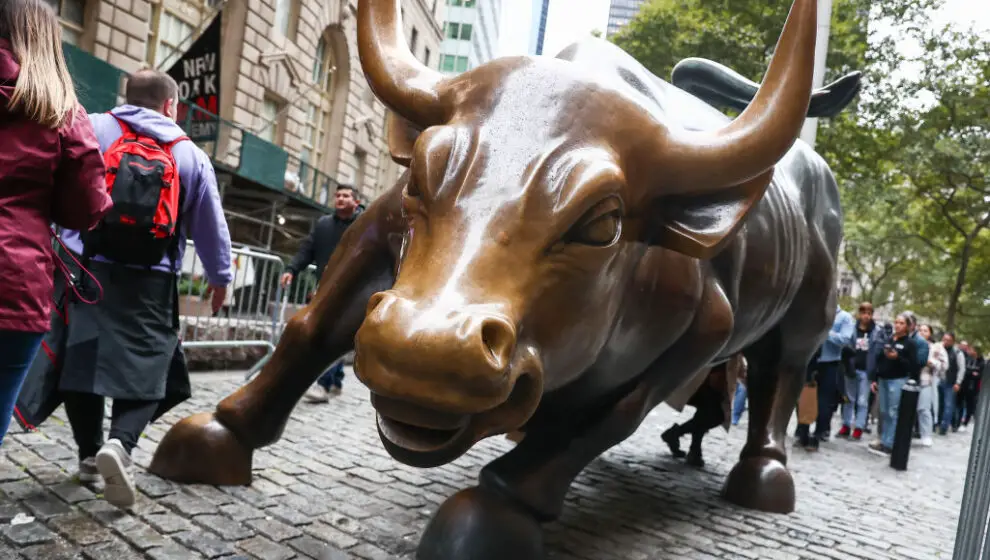The rate of inflation increases is slowing down, stocks are high, and analysts are optimistic that a recession may be temporarily off the table.
Key Details
- Wednesday’s strong inflation news has given the markets a needed rally, coming in with a 3% price increase year-over-year.
- The recent market rallies may represent a new bull market. Year-to-date, Nasdaq Composite is up 33%, and the S&P 500 is up 16.5%, Axios notes.
- A new report from the National Federation of Independent Business also shows small business confidence has hit a seven-month high.
- With the labor market holding strong and inflation rapidly improving, analysts predict that a soft landing for the economy is highly within the realm of possibility, The Wall Street Journal notes.
Why It’s Important
Recession and inflation have been the two largest economic problems facing Americans since the peak of the COVID-19 pandemic, and the Federal Reserve has had to play a delicate game to avoid letting either one of those possibilities come to pass. The Fed is expected to pause interest rate hikes if good news continues, although it has already signaled that it intends to hike rates by 25-Basis-Points on July 26, foreshadowing additional months of incremental inflation improvements.
High rent and shelter prices continue to be one of the leading causes driving inflation, but other previous forces have seen notable improvements, including significantly improved energy costs and reduced stress from supply chain disruptions and the Ukraine invasion. Harvard University economist Jason Furman tells The Journal that a soft landing will still require “a decent amount of luck,” but the current economic euphoria could still hold out if unemployment stays low.
Alternative Opinion
Some analysts predict it is still too early to declare a “soft landing.” Bloomberg Opinion columnist Allison Schrager argues that inflation is still too high for the Fed to back off its promise. Rates may have decreased from 8.9% to 3% in the past 12 months, but its goal is 2%, which is not there yet. That dangling 1% difference may be the most difficult to reduce.
“Some of that initial high inflation was transitory, caused by supply-chain disruptions, too much government spending, and post-pandemic spending. These factors have all moderated—and inflation has faded while employment has remained strong. What’s left is more entrenched in the economy: higher wages and prices for services. Reducing this inflation may take higher rates for longer or even unemployment,” she writes.

